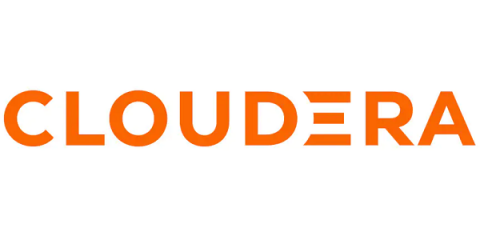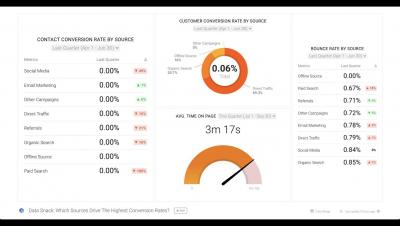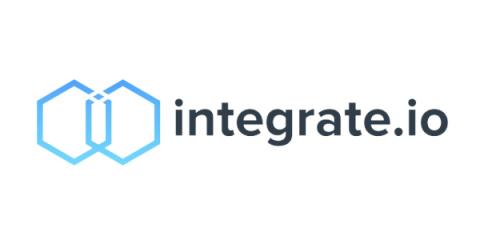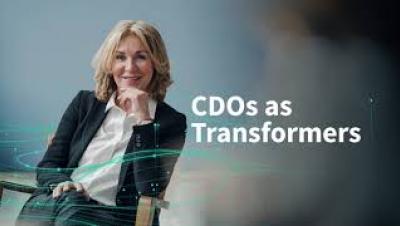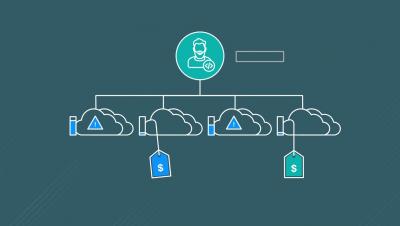Automating Data Pipelines in CDP with CDE Managed Airflow Service
When we announced the GA of Cloudera Data Engineering back in September of last year, a key vision we had was to simplify the automation of data transformation pipelines at scale. By leveraging Spark on Kubernetes as the foundation along with a first class job management API many of our customers have been able to quickly deploy, monitor and manage the life cycle of their spark jobs with ease. In addition, we allowed users to automate their jobs based on a time-based schedule.

